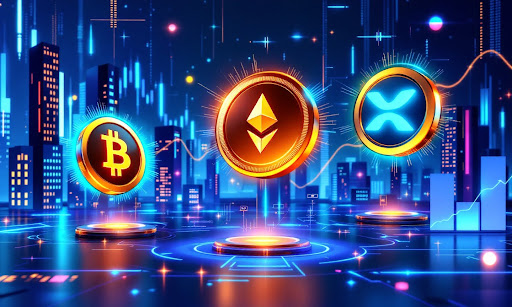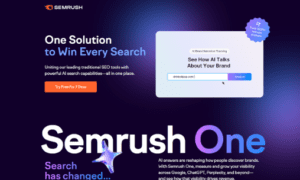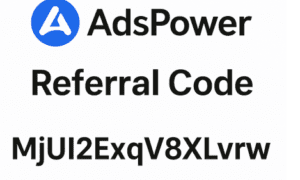Some crypto projects make a lot of noise. People talk about them a lot on Twitter, in YouTube ads, and in Telegram groups all at once. But real muscle? You need more than noise to do that. As the year 2025 goes on, the problem isn’t just finding new things, but also figuring out what’s important.
You can scroll through any list of the crypto coins with the most potential, but potential doesn’t always look flashy. Sometimes, it starts quietly: a smart idea, a team doing the work, a community that cares. If you want to avoid coins that peak too early and fade fast, here’s what to pay attention to. The market is maturing, and so are the people who build and invest in it. That means stronger filters, better questions, and less room for shortcuts.
1. It Solves Something That Matters
If a project doesn’t solve anything useful, it doesn’t need a coin. The strongest ones fix real issues—faster payments across borders, better control of your data, and platforms that don’t require you to be a developer just to participate.
Ethereum didn’t take off because it had great branding. It grew because it gave builders something to build with. That kind of utility still matters.
2. People Are Showing Up—And Not Just for the Hype
Look at the community. Are people just shilling for the next pump, or is there genuine conversation happening? A solid project has users who care, devs who keep shipping, and contributors who stick around long after launch.
GitHub is your friend here. Regular commits, issues being closed, code being cleaned up—these aren’t glamorous details, but they’re what progress looks like. Projects die when no one shows up to maintain them.
3. The Tokenomics Don’t Punish You for Participating
You shouldn’t need a PhD to understand how a coin works. What you’re looking for is a structure that isn’t skewed toward insiders, doesn’t flood the market with rewards that lose value, and doesn’t let whales dump on small holders without warning.
Basic questions help a lot: Who holds most of the supply? How is it released over time? Are incentives there to build, not just extract?
If it feels like the system only benefits people who got in months ago, it probably does.
4. Developers Aren’t Hiding
The best teams don’t just build—they communicate. You want people who explain what they’re working on, admit delays when they happen, and aren’t afraid to show their faces (or at least their track records).
Anonymous teams aren’t always shady, but if there’s no way to trace who’s involved, and updates are few and far between, that’s a red flag. Projects worth following usually have builders who care enough to show up.
5. The Tech Works (Or Is Getting There)
A whitepaper full of terms and a token that runs on vapor won’t carry a project. You want working products—or at least testnets that show signs of life. Is the app usable? Is the chain stable? Are they fixing issues quickly?
Clunky is fine if it’s improving. Dead in the water is not.
6. It’s Playing the Long Game With Regulation
2025 isn’t 2017. Countries are watching, and projects that want to survive are thinking ahead. That doesn’t mean they need to be corporate. But they should know where their legal blind spots are and have some kind of plan.
Teams that pretend rules don’t exist usually get caught off guard. The ones worth watching have advisors, or at least an understanding that things like KYC, taxes, and jurisdictional issues matter.
7. It’s Not Just a Copy of Something Else
Innovation doesn’t have to mean reinventing the wheel. But if a project brings nothing new, it’s just noise. Look for tech that pushes things forward: faster networks, better privacy, tools that actually make the user experience better.
If all it does is wrap an old idea in a shiny new interface, it probably won’t last.
8. There’s a Trail You Can Check
A good reputation in crypto is hard to earn and easy to lose. Is the project on respected exchanges? Have they delivered on previous roadmaps? What do people say who’ve followed them for a while?
Also: avoid coins that come out of nowhere with no paper trail. A lack of history means you have to trust marketing, and marketing always makes things look better than they are.
It’s Not About Guessing, It’s About Watching Closely
You don’t need to be an insider or have perfect timing to spot a coin with real potential. You only need to be patient, interested, and ready to look past the noise.
They don’t have to say it, but the good ones do it by showing up, building consistently, and making something people want to stay for. Do not forget about those.



































